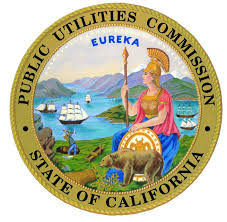The California Public Utilities Commission (CPUC), through its Policy and Planning Division, released a report titled, “What Will Be the Cost of Future Sources of Water for California?” The report, unveiled at CPUC’s Thought Leaders Speaker Series on February 25, 2016, concludes that in a perennial dry state like California that is subject to frequent droughts, traditional sources of surface and groundwater will become increasingly constrained, and water purveyors will need to exploit and rely on new ways to conserve, recycle, and desalinate water. The inescapable conclusion, according to the white paper, is that new sources water, including conservation, will be considerably more expensive than traditional sources of water.
The white paper provides a comparison of costs from traditional sources, principally surface water, to a group of selected new water sources: freed-up supplies from conservation/efficiency actions; water produced from resource recovery (i.e., recycled wastewater); and seawater desalination. The paper surveyed five sources of traditional water with costs ranging from $139 per acre-foot (one acre-foot (AF) equals approximately 325,851 gallons or enough water to supply nine Californians for one year) to $1,456/AF. The average cost across these traditional sources was approximately $800/AF.
In contrast, the average costs for the conservation, recycled water and desalination water sources researched in the white paper were $1,335/AF, $2,869/AF and $3,389/AF, respectively. The conservation cost estimates were supplied by California American Water and San Jose Water Company. The recycled water estimates were drawn from information by the State Water Resources Control Board, California American Water, the Monterey Regional Water Pollution Control Agency and Golden State Water Company. The desalination costs were provided by San Diego County Water Authority and California American Water.
The paper concludes by noting, “The future for Californians most likely will involve a combination of all these non-traditional sources of water…traditional and least-costly sources are all fully subscribed, and new sources will be necessary to provide water to Californians… We should expect that future costs for water service will rise as new sources are developed, and their higher costs become part of the overall cost of service.”





